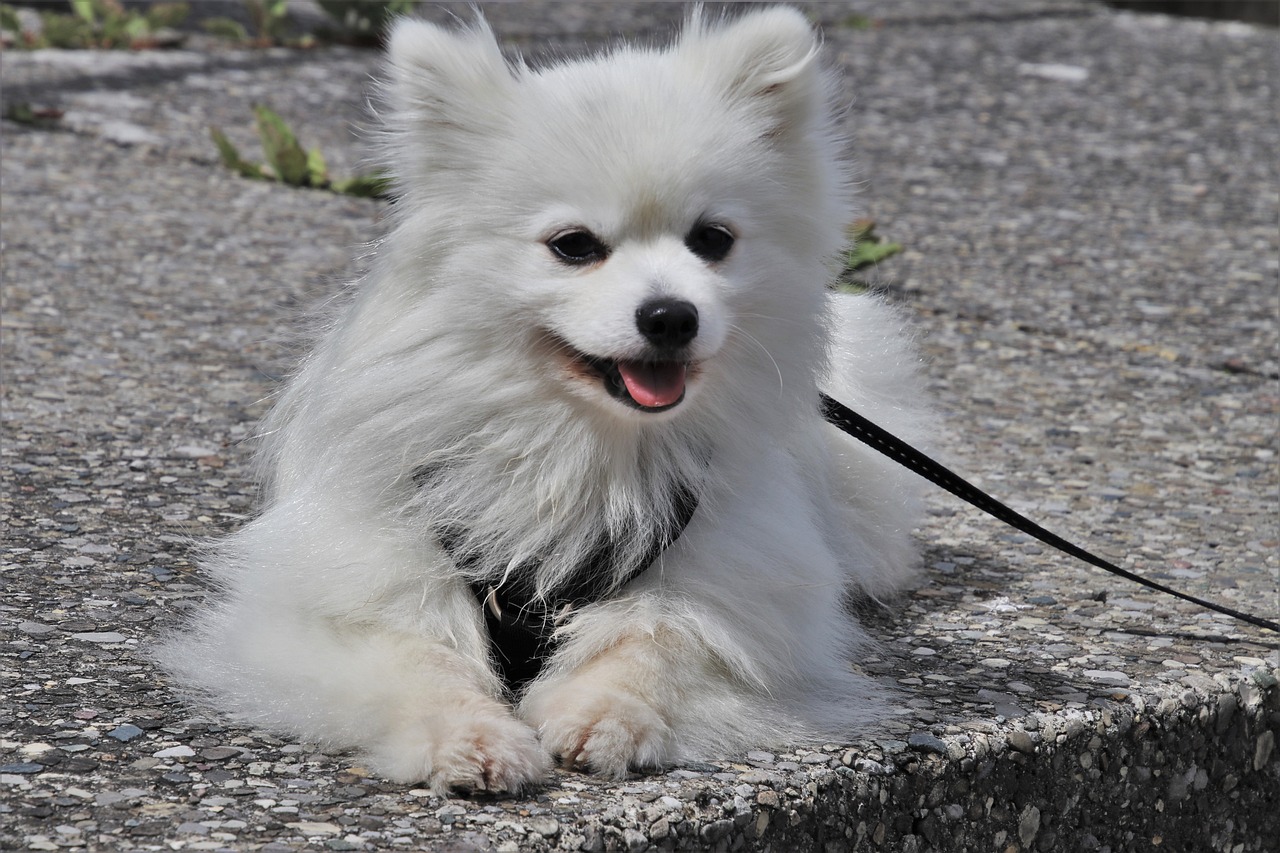Leashes can be a point of contention for many dog owners, but they’re also a key to unlocking a world of shared experiences with your four-legged friend. Today, let’s get to the heart of why leashes are more than just a strap to keep your dog close, and how leash training can help.
Florida’s Laws on Keeping Dogs on Leashes
In the Sunshine State, dogs deserve to be out and about in nature. Leash laws are designed to keep both humans and pets safe. The general rule is that dogs must be on a leash when off their owner’s property. This ensures your dog doesn’t become a public nuisance or a safety hazard. While Florida laws lay the general framework, different counties, cities, and privately owned locations may have their own specific rules. For instance, some places specify the maximum length for a leash. Violating these laws can result in fines; in extreme cases, your dog could be taken away.
The topic of leashing often sparks a debate regarding the size of the dog being leashed. Many people assume that smaller dogs don’t necessarily need to be leashed because they’re less intimidating. On the flip side, bigger dogs are often expected to be on a leash at all times due to their size and potential to intimidate. However, the size of the dog doesn’t always correlate with behavior. A small dog can be just as aggressive or even more so than a larger breed. Similarly, many large dogs are gentle giants who are well-behaved around people and other animals. The key takeaway? Every dog is an individual, and responsible leashing should apply to all, regardless of size.
Practical Steps for Leash Training
Leash training offers a host of benefits beyond simply adhering to the law. A well-trained dog on a leash is less likely to get into dangerous situations, making walks more enjoyable and less stressful. Plus, it opens up new avenues for social activities. Imagine being able to take your dog to outdoor dining spots without the worry of them causing a scene. This is a huge perk in Florida and Sarasota specifically, where the weather often permits such outings and businesses are dog-friendly.
To start the process of introducing a leash to an unruly dog, try following these steps:
- Start Indoors: Begin the training in a familiar, distraction-free environment.
- Basic Commands: Make sure your dog has mastered the ‘sit,’ ‘stay,’ and ‘come’ commands.
- Introduce the Leash: Let your dog sniff and get used to the leash before you even put it on.
- Short Sessions: Keep training sessions short but frequent to maintain your dog’s attention.
- Positive Reinforcement: Use treats and toys to reward good behavior.
- Gradual Exposure: Once comfortable indoors, gradually expose your dog to more distracting environments.
- Consistency is Key: Use the same commands and rewards to help your dog understand what you expect.
If your dog was not raised around leashes and is accustomed to having free rein when outdoors, this process might take some time. Don’t get discouraged, and keep at it for as long as you see improvement. If, however, you find that you’re hitting a wall with leash training, it might be time to consult a professional. A qualified dog trainer can offer personalized strategies to make the training process more effective and enjoyable for you and your pup.
If you are looking for a Sarasota or Bradenton dog training school, call Gulf Coast K9 Dog Training today for more information.



